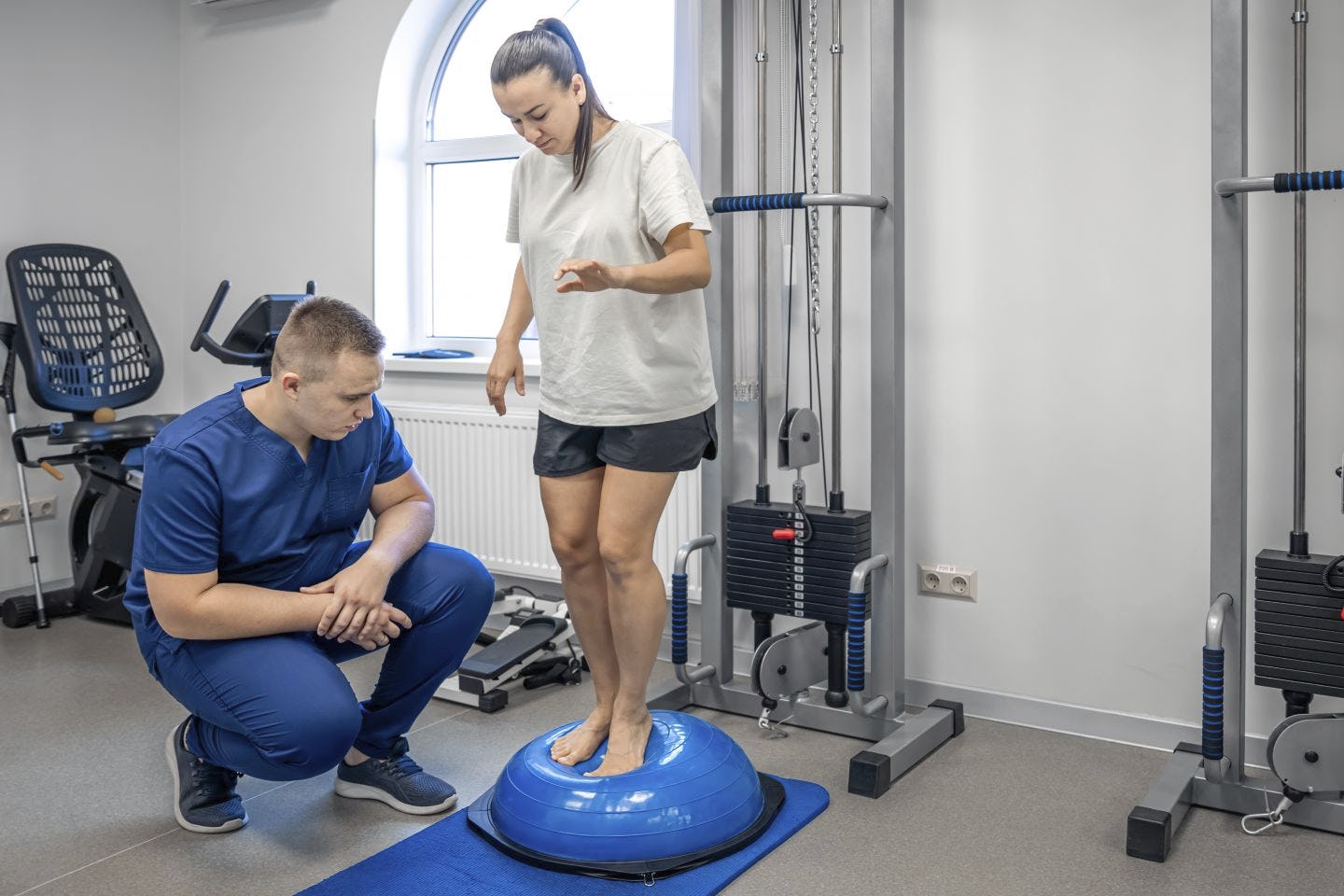AI-powered gait analysis leverages artificial intelligence to assess and improve walking patterns, providing precise insights crucial for diagnosing issues, planning treatments, and monitoring progress.
Benefits of AI Gait Analysis in Physical Therapy
- Accuracy and Precision: Provides highly accurate gait assessments, improving diagnosis and treatment.
- Efficiency: Reduces assessment time and offers immediate feedback, enhancing therapy efficiency.
- Objective Data: Provides quantifiable data to track progress and adjust treatment plans.
- Personalization: Enables tailored therapy plans for each patient’s specific needs.
- Accessibility: Remote monitoring makes gait analysis accessible to more patients, including those with difficulty visiting clinics.
Key Applications of AI Gait Analysis:
-
Data Collection
- Methods: High-speed cameras, motion capture systems, and wearable sensors collect detailed walking data.
- Parameters Measured: Step length, stride length, walking speed, joint angles, ground reaction forces, and timing of gait phases.
-
Data Processing and Analysis
- AI Algorithms: Machine learning algorithms analyze data to identify patterns and anomalies in gait, recognizing normal and pathological patterns.
- Real-Time Analysis: Some systems offer real-time feedback, allowing immediate adjustments during therapy sessions.
-
Assessment and Diagnosis
- Identifying Issues: AI detects subtle gait abnormalities, including asymmetries and compensatory movements.
- Diagnosing Conditions: Helps diagnose conditions like Parkinson’s, cerebral palsy, stroke, musculoskeletal disorders, and post-injury gait abnormalities.
-
Personalized Treatment Plans
- Tailored Interventions: AI analysis helps develop personalized treatment plans targeting specific gait issues with exercises to strengthen muscles, improve balance, and enhance coordination.
- Progress Tracking: Tracks changes over time, providing objective measures of progress and therapy effectiveness.
-
Feedback and Training
- Visual and Auditory Feedback: Provides real-time feedback to patients, helping correct gait during exercises.
- Biofeedback Systems: Sensors offer immediate feedback on muscle activity, encouraging proper use and movement patterns.
-
Remote Monitoring and Telehealth
- Home-Based Assessments: Wearable sensors and mobile apps enable home-based gait analysis with data transmitted to therapists for remote monitoring.
- Telehealth Integration: Facilitates remote consultations and continuous monitoring of gait patterns.
AI-powered gait analysis is transforming physical therapy by offering detailed, accurate assessments of walking patterns. It aids in diagnosing gait abnormalities, creating personalized treatment plans, and monitoring progress. As AI technology advances, its integration into physical therapy will likely expand, improving outcomes for patients with gait-related issues.

